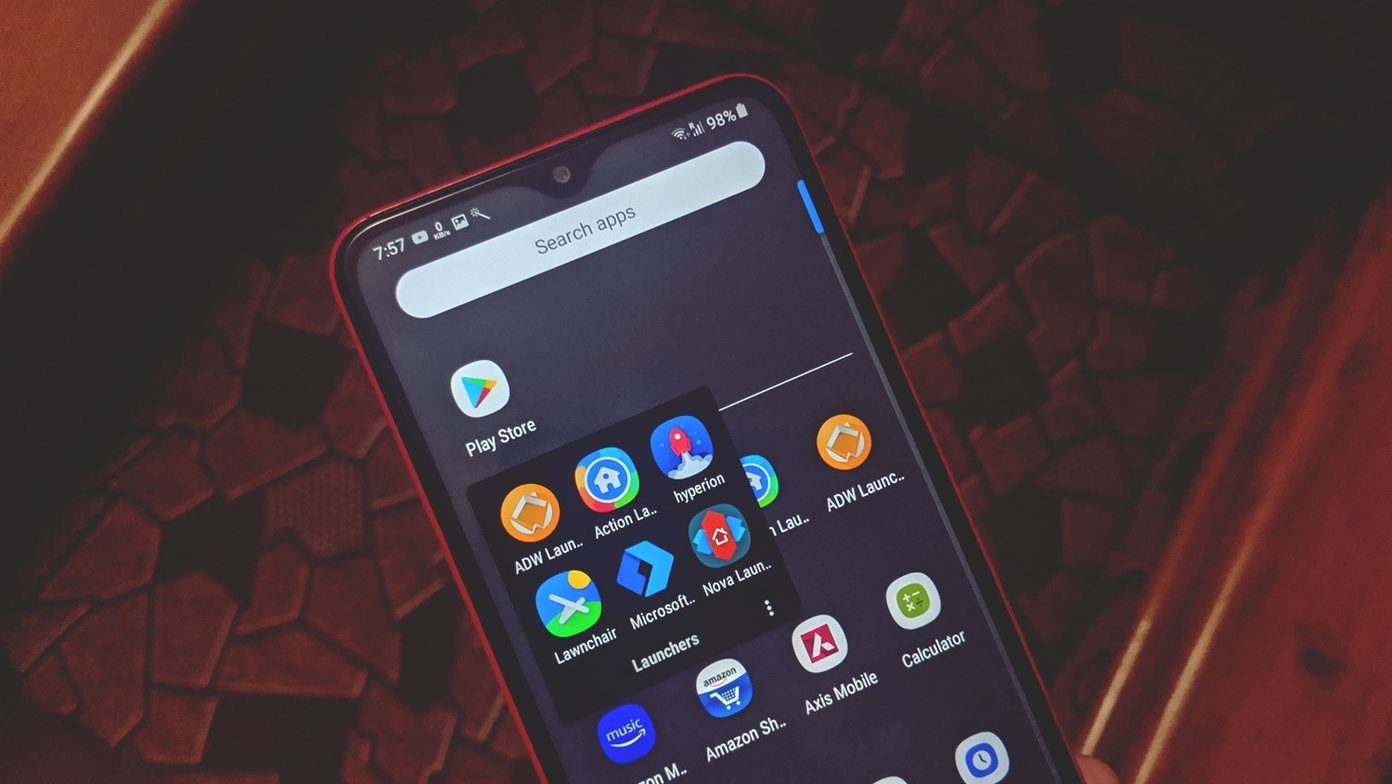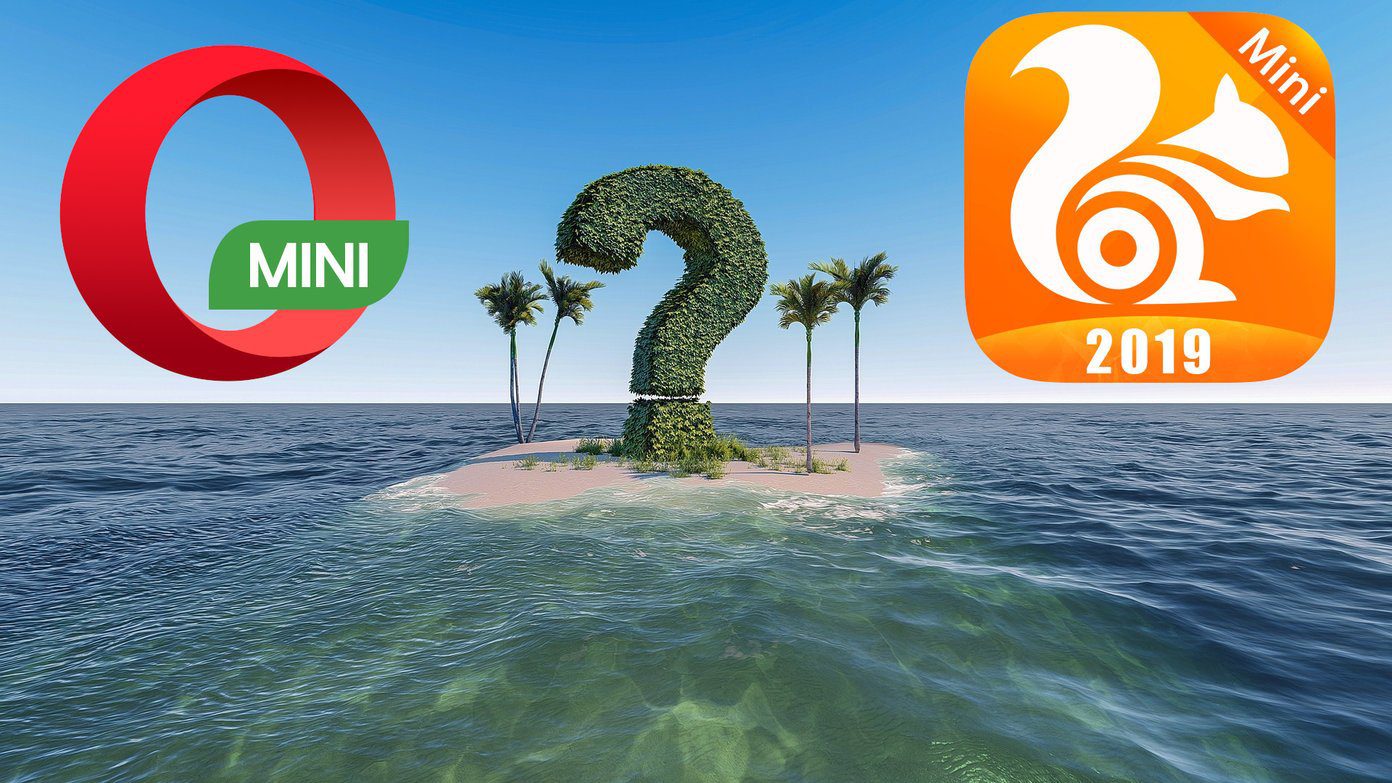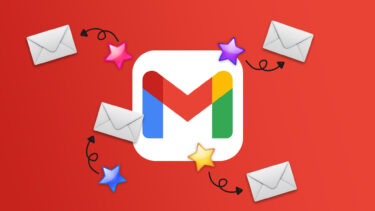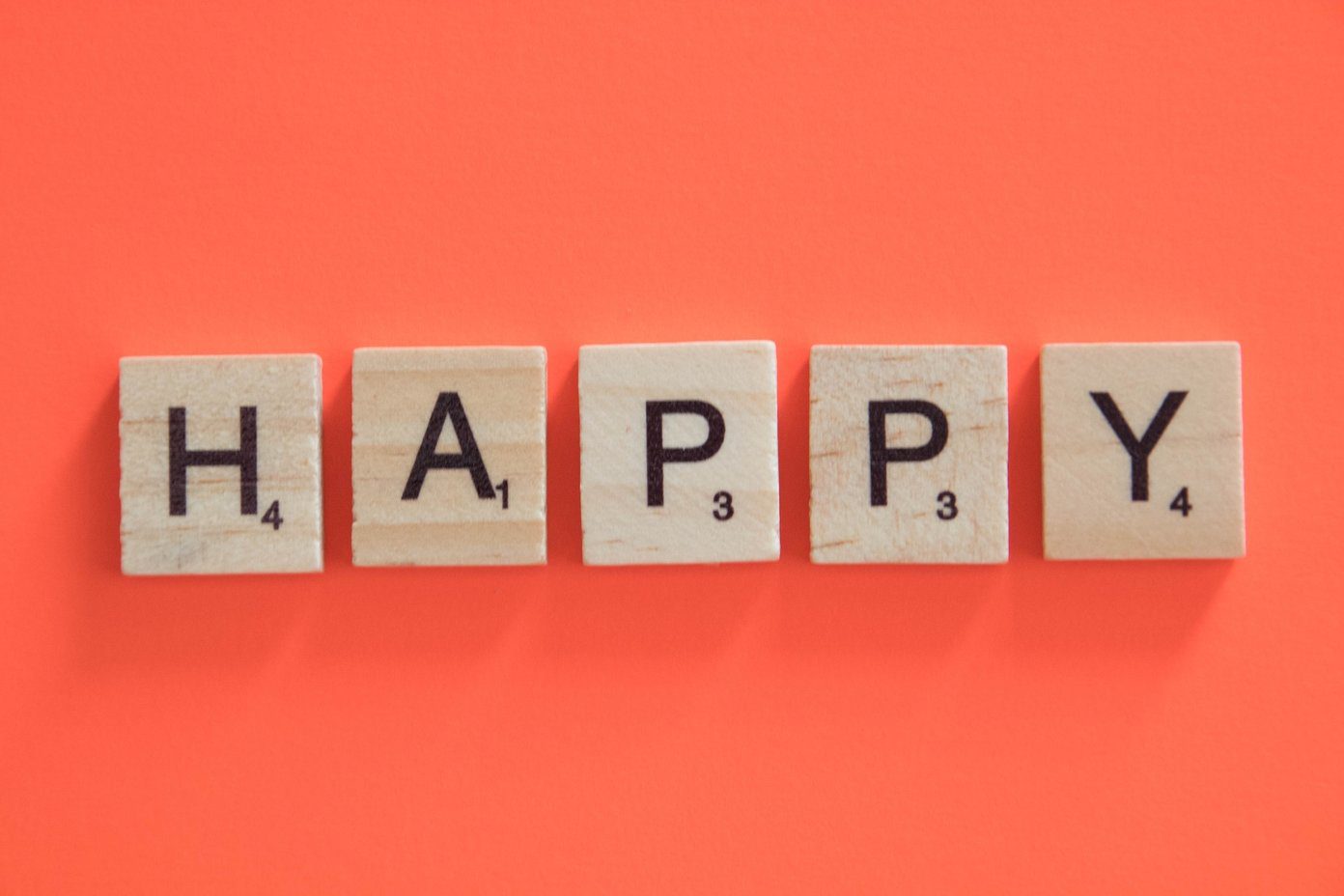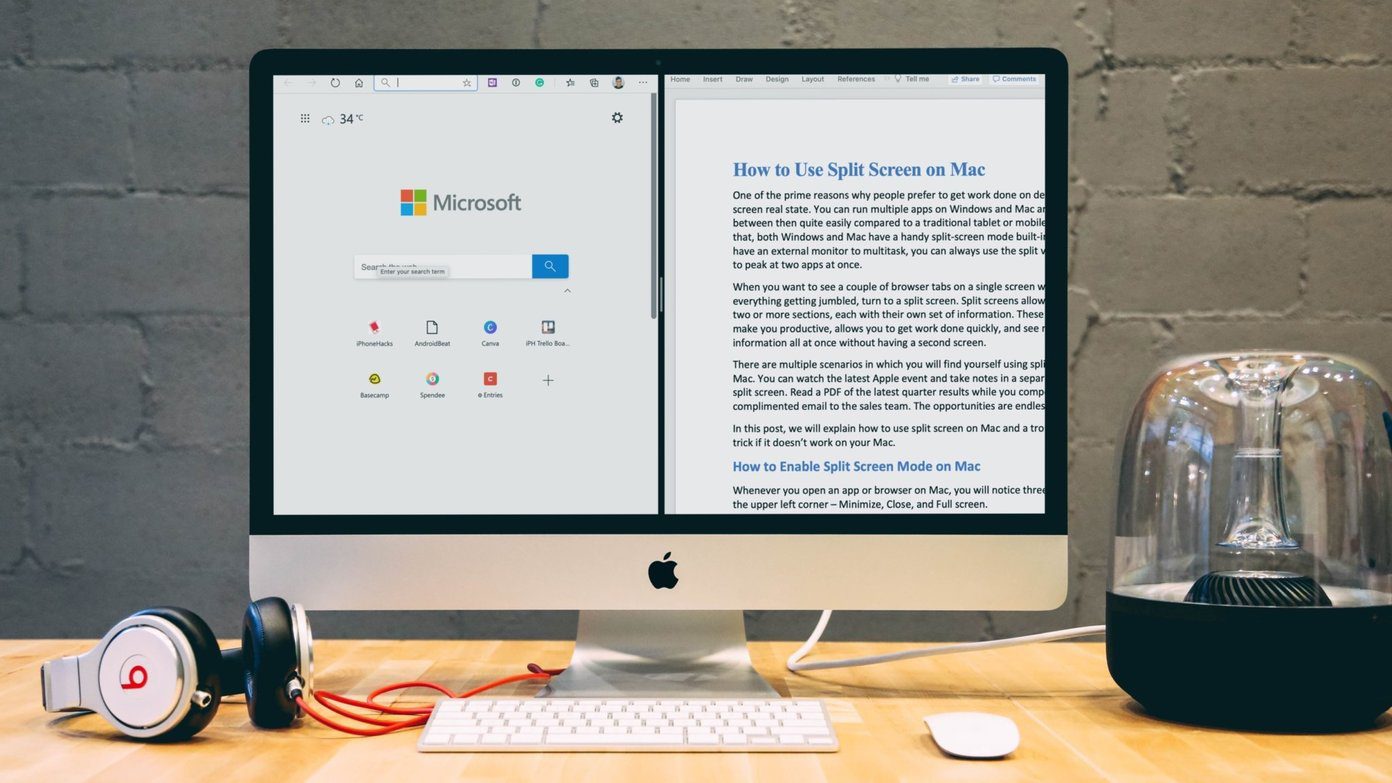Syncing issues and bugs plagued users for many years. Plus other services can offer identical if not better features for organizing your life. If you take issue with Evernote or simply want to shop around for what else might fulfill your needs, here are four free alternatives to check out.
Microsoft OneNote
Previously a member of Microsoft’s Office suite of applications, OneNote is now a free standalone app that rivals the likes of Evernote. You can type out simple notes or manage quick task lists, but its power allows you to go as far as clipping web pages, adding photos, and scanning printed text. If you get creative enough, you can wind up with a well-designed notebook page complete with photos, a check list, notes, music, and more for something like planning a road trip. OneNote takes note-taking and planning to the next level. The biggest difference between OneNote and Evernote are their contrasting approaches for giving users control. OneNote gives you complete creative control over your notebook pages, allowing you to drag and drop boxes anywhere on the page. The various types of content come with predefined fields or placeholders so all you need to do is fill them out and place them where you want. Plus, OneNote users can collaborate together in shared notebooks. While Evernote also supports various types of media like audio recordings, photos and scans, it looks more like a traditional word processor for taking notes, except with a few extras. Evernote gets more powerful than OneNote with its wide range of third-party app support, which can export data to the app and broaden your collection.
Google Keep
Google Keep provides an interesting take on keeping notes and tasks. Its design suggests it’s more of a virtual office board that you can post interactive sticky notes on. It’s significantly more straightforward, and therefore easier to use, than Evernote and Microsoft OneNote, but does lack many of the features for power users. It’s basically just a customized list of notes you arrange to your liking. You can transform the standard text note into one with photos or a task list with checkboxes. Then pick the color of your note and add it to your board. You can add labels to notes which act as organizational tags to filter by label and share your notes with friends and family who also use Google Keep. There’s something quite charming about using Google Keep in that it removes all the bells and whistles and just leaves you to face what you’re trying to accomplish. Note: We’ve already written about some cool aspects of Google Keep and how to use it on iOS through apps. You can access Keep via the website, Chrome app, or Android app for phones and tablets. Google has yet to release an official iOS app, though there are some third-party alternatives in the App Store.
Simplenote
It’s not unreasonable to name Simplenote a combination of the words “simple” and “note.” Simplenote is about as minimal as note-taking gets – unless you’re counting the barebones joke that is Apple’s Notes app in iOS. At first glance, Simplenote looks like nothing more than a basic text editor without any rich text editing, but don’t be fooled. Most of Simplenote’s features are hidden within the menu that accompanies each note. Here, you find a word count, options to send the note, invite users to collaborate, browse the history and revert back to a previous revision or publish the note for sharing on Simplenote’s website. You can also add tags for organization at the bottom of notes. You can’t make lists with checkboxes, you can’t add photos, you can’t even format text. Simplenote is capable of producing simple notes and little else. For what it does, it gets the job done though. If you download the mobile apps and desktop apps, Simplenote effortlessly keeps everything in sync as well.
ToodleDo
At last we arrive at ToodleDo, which has some unique properties to it. Unlike the others, ToodleDo seems to purposely keep tasks and notes completely separate. In fact, when you log in on ToodleDo’s web app, the two are under completely separate tabs and stored in a similar way – just barely coexisting. This might be appealing for some, but a deal-breaker for others. ToodleDo is also unique in that it’s pretty ugly. Evernote, OneNote, Keep, and Simplenote are all generally pleasing to look at and easy to figure out. ToodleDo looks like a crappy knockoff of your Gmail inbox. Despite the downright grotesque appearance, ToodleDo is extremely powerful. Not only can it act as a note taker and task manager, but it supports hierarchical outlines, lists and even has an entire section dedicated to helping you create good habits and ward off bad ones. The tools for sorting tasks and notes, among the others, are plentiful, too. Note: Contrary to most pricing methods and especially to its competitors on this list, ToodleDo actually charges to use the iOS apps. The app is free for Android users in Google Play, but the universal iPhone and iPad app is $3.99 to download, so beware. Like Google Keep, iOS users can always just use the mobile version of the website, which is free to access anywhere. The above article may contain affiliate links which help support Guiding Tech. However, it does not affect our editorial integrity. The content remains unbiased and authentic.










